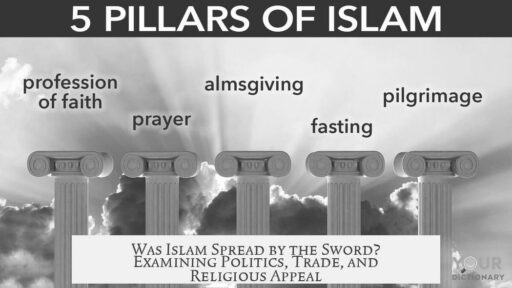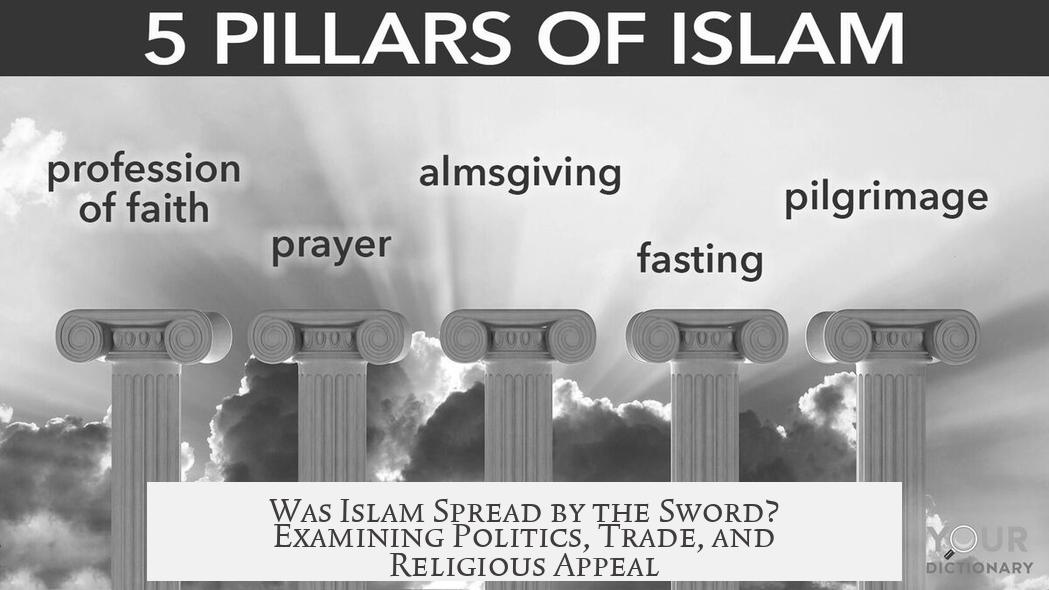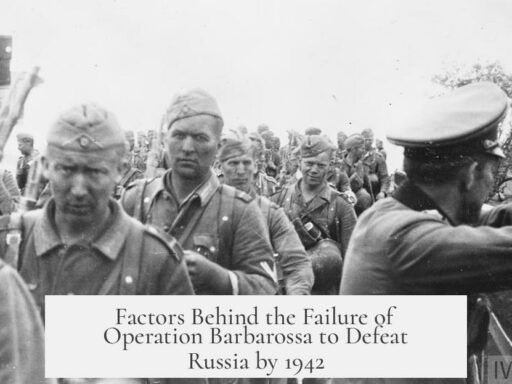Islam was spread through a combination of military conquest, political strategy, trade, and voluntary conversion rather than solely by the sword. Early Islamic expansion included active conquests endorsed by Muhammad’s successors, who held titles combining religious and military authority. However, cities and populations that surrendered were usually absorbed peacefully.
About a century after Muhammad’s death, the motivation for conquests shifted more toward political control. Like other historic religions, Islam was often used to justify rulers staking claims over territories. The phrase “spread by the sword” oversimplifies a complex history involving wars, politics, and cultural exchange.
Beyond conquest, Islam spread widely through trade and interpersonal contact. Southeast Asia and India have large Muslim populations primarily due to trade routes and cultural appeal rather than military force. Conversion often resulted from social and economic benefits in aligning with Muslim rulers, not just coercion.
The definition of spreading “by the sword” depends on interpretation. Conflicts after Muhammad’s expulsion from Mecca included battles and political maneuvers, but forced conversions were generally uncommon. Islam is fundamentally a religion, not a political empire, and voluntary conversions typically outweighed conversions under threat.
| Mode of Spread | Characteristics |
|---|---|
| Military conquest | Early campaigns endorsed by leaders; political motivation increased post-Muhammad |
| Peaceful absorption | Surrender led to integration without forced conversion |
| Trade and cultural exchange | Spread across Southeast Asia and India; driven by merchants and social appeal |
| Voluntary conversion | Conversions favored due to social, economic, or political advantages |
The spread of Islam is often compared to Christianity’s expansion, where some regions experienced forced conversions and others spread through peaceful means. Islam’s growth in many areas was more similar to the latter, involving cultural integration rather than outright coercion.
Sources such as the Wikipedia pages on Muhammad’s life and political succession offer useful context. The book Muhammad and the Believers by Fred Donner provides detailed historical analysis.
- Islam spread by conquest initially, but military action was not the sole method.
- Political motives became central in later conquests, similar to other religions.
- Trade and cultural appeal facilitated Islam’s growth in many regions.
- Forced conversions were relatively rare; social benefits often encouraged adoption.
- Interpreting “spread by the sword” depends on historical perspectives and definitions.
Was Islam Spread by the Sword? Unpacking the Complex History
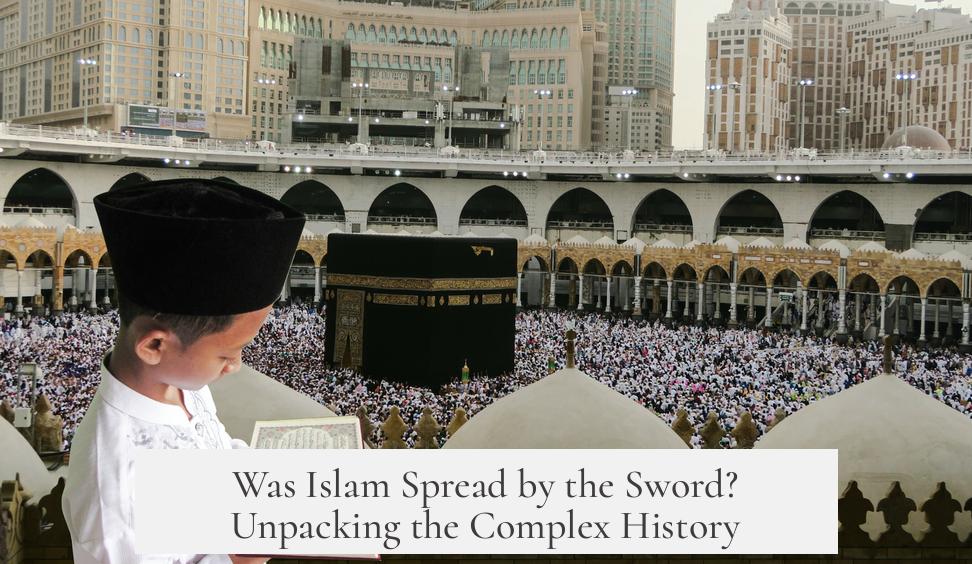
Yes, Islam was partially spread by the sword, but the story is far more nuanced. The notion that Islam spread solely through forced conversions and military conquest oversimplifies a rich, tangled history. Let’s untangle the facts, share insights, and explore this intriguing question with clarity and a splash of wit.
First off, the early Islamic civilization didn’t exactly shy away from conquest. The immediate successors of Prophet Muhammad—known as al-Mu’minin, or Commanders of the Believers—led active military campaigns. These weren’t casual weekend excursions; conquest was a fully endorsed part of their expansion strategy. It’s true: religion and military action mingled early on like coffee and cream, forming a potent blend.
Now, here’s an interesting detail many overlook. When cities or groups surrendered without raising a sword themselves, they were generally welcomed and absorbed peacefully. Conquest wasn’t always about bloodshed; it sometimes meant “join us and enjoy the benefits of the rising empire.” Imagine that, a kind of ancient “Join the club, perks included” deal.
Political Ambitions Cloaked in Religious Garb

About a century after Muhammad’s death, the story gets even juicier. The early conquests gradually morphed into politically motivated actions. Conquest became a popular excuse for ambitious rulers to stake claims—much like how some European monarchs used Christianity as their divine right badge. So, while Islam was the banner under which armies rallied, the real game was often power, territory, and influence.
Basically, conquering lands offered rulers political capital. Religion became both a unifying force and a convenient justification. Kind of like how someone might say, “I’m doing this for the community”—when really, they just want the corner office.
Trade, Appeal, and the Real Spread of Islam
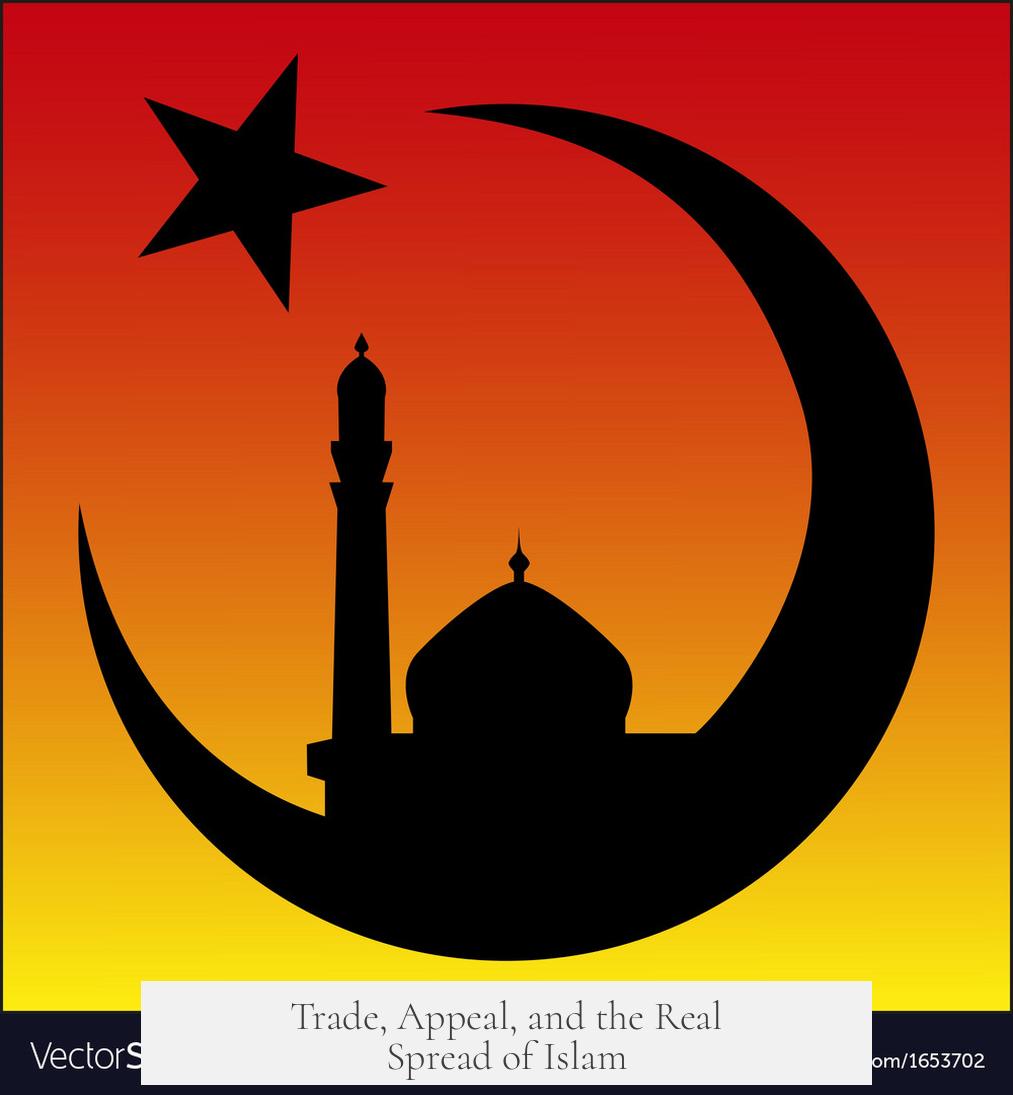
Hold on, wasn’t Islam’s spread mostly about the sword? Not quite. A significant part of Islam’s expansion happened through trade and cultural exchange. Check out Southeast Asia and India—these regions boast huge Muslim populations without the historical backdrop of being “conquered” by armies.
Merchants and travelers brought Islam along trade routes, weaving it into local cultures like an unexpected but welcome spice. People converted for many reasons—economic benefits, social integration, personal belief—not just fear of the sword. Islam, like Christianity, spread partly by coercion, partly by practical expediency, and partly by genuine appeal.
Decoding the Phrase “Spread by the Sword”
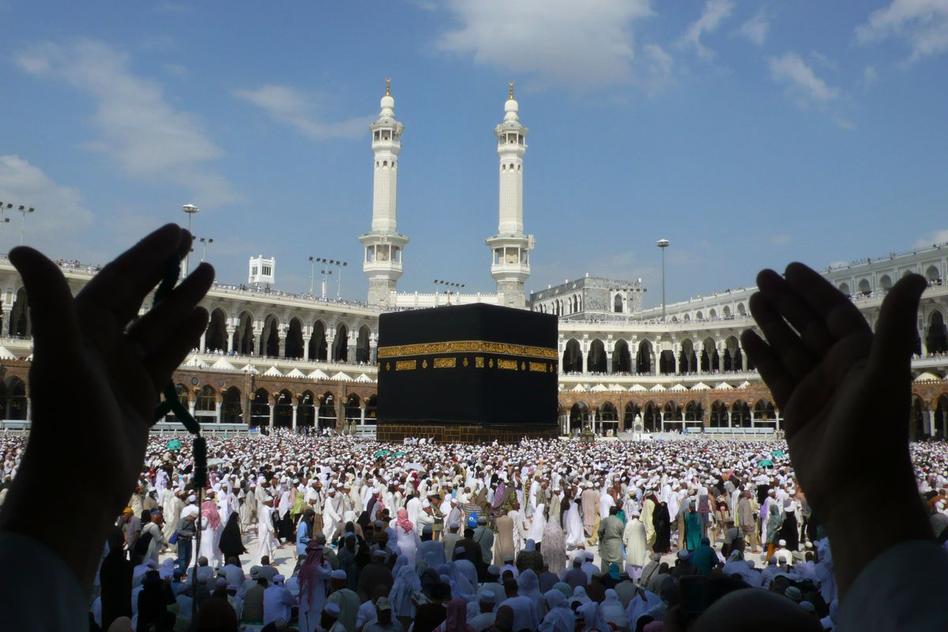
Here’s where it gets tricky: what does “spread by the sword” really mean? Is it about forced conversion? Is it conquest without conversion? Or a blend of military campaigns and natural cultural assimilation? The answer depends on your viewpoint.
There were definite wars and battles after Muhammad’s expulsion from Mecca, but politics played a huge role. It’s like peeling an onion—lots of layers, some tears, and a complex structure underneath.
For those thirsty for deeper context, Wikipedia has detailed entries about Muhammad after the conquest of Mecca and the succession politics after his death. For a more nuanced narrative, dive into No God but God by Reza Aslan. It’s like history’s equivalent of a rich, intricate tapestry.
Religion vs. Political Construct: What Islam Really Is

Here’s a vital distinction: Islam is primarily a religion, not just a political system. Sure, a group of Islamic Arabs conquered huge swaths of the Middle East, North Africa, and Iberia. The spread of Islam generally followed these conquests.
However, converting people by force wasn’t the norm. Stories about forced conversions are often incidental or exceptional. Most converts joined Islam because it made sense in their social context. Being part of the ruling religious group offered tangible benefits—economic, social, and political.
Want a neat comparison? Islam’s spread resembles Christianity’s expansion in Sub-Saharan Africa more than its more forceful spread in places like Saxony. It was less about imposing by sword and more about attraction, cultural fusion, and politics.
Final Thoughts and Recommendations
So no, Islam wasn’t simply spread by the sword. It was a complex dance of warfare, politics, trade, social benefits, and genuine belief. Force played a part but was far from the whole story.
Curious for more? Check out Muhammad and the Believers by Fred Donner. It’s an enlightening, carefully researched read that unpacks the origins of Islam from multiple angles.
In the end, history doesn’t fit neatly in a sword scabbard or a mosque’s minaret. It’s messy, layered, and diverse. The real story of Islam’s spread is just as fascinating and multifaceted as the religion itself.
